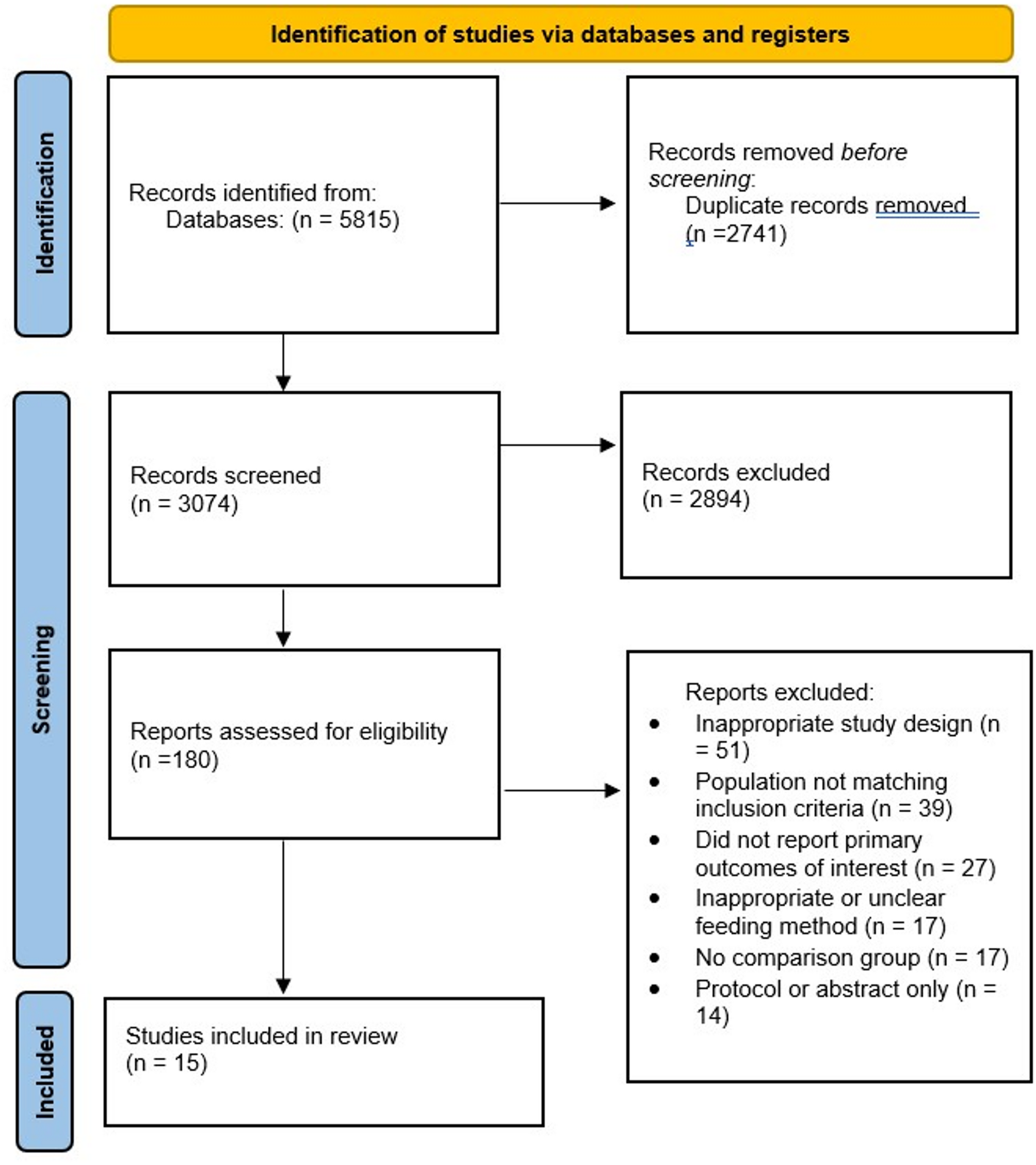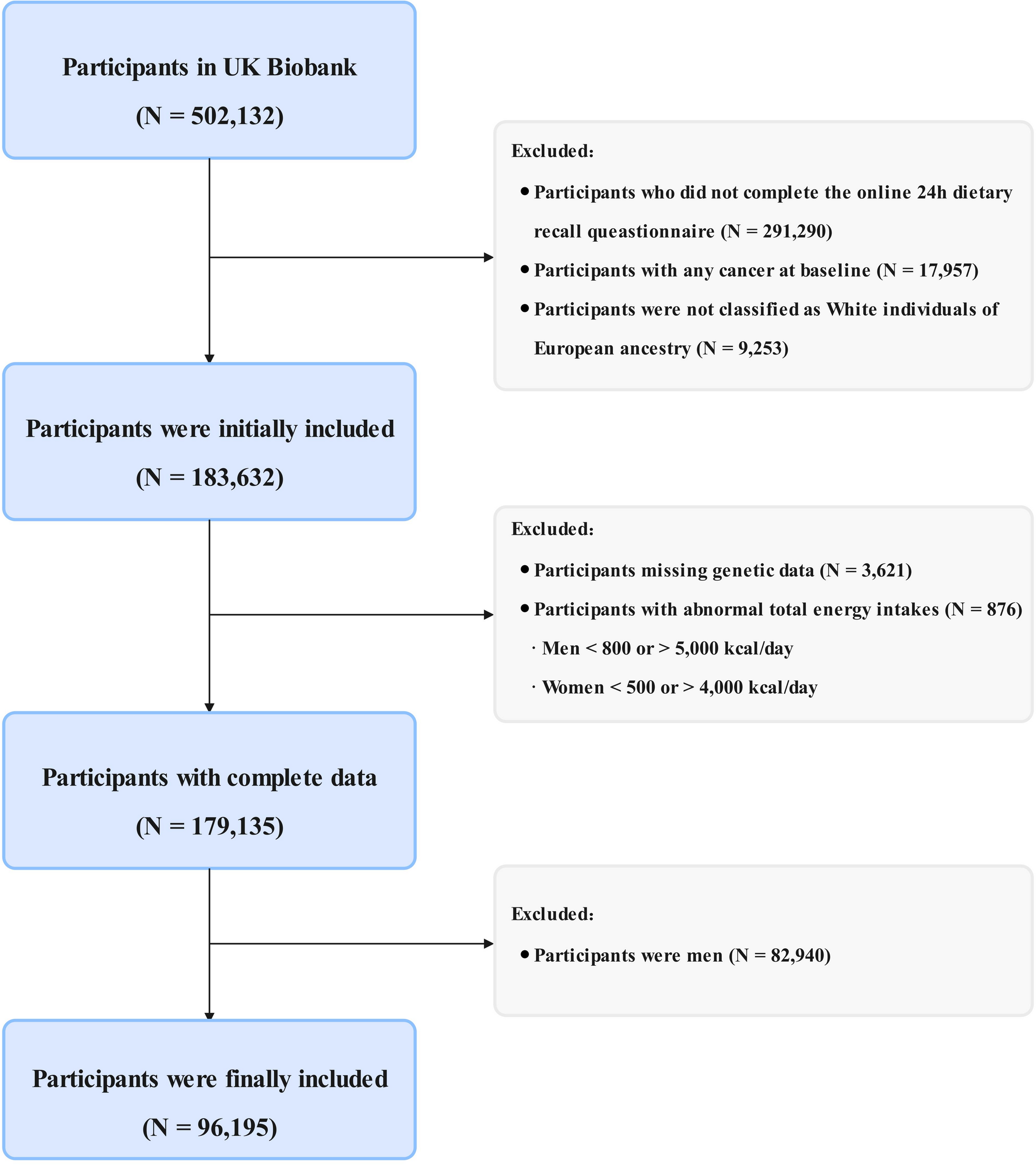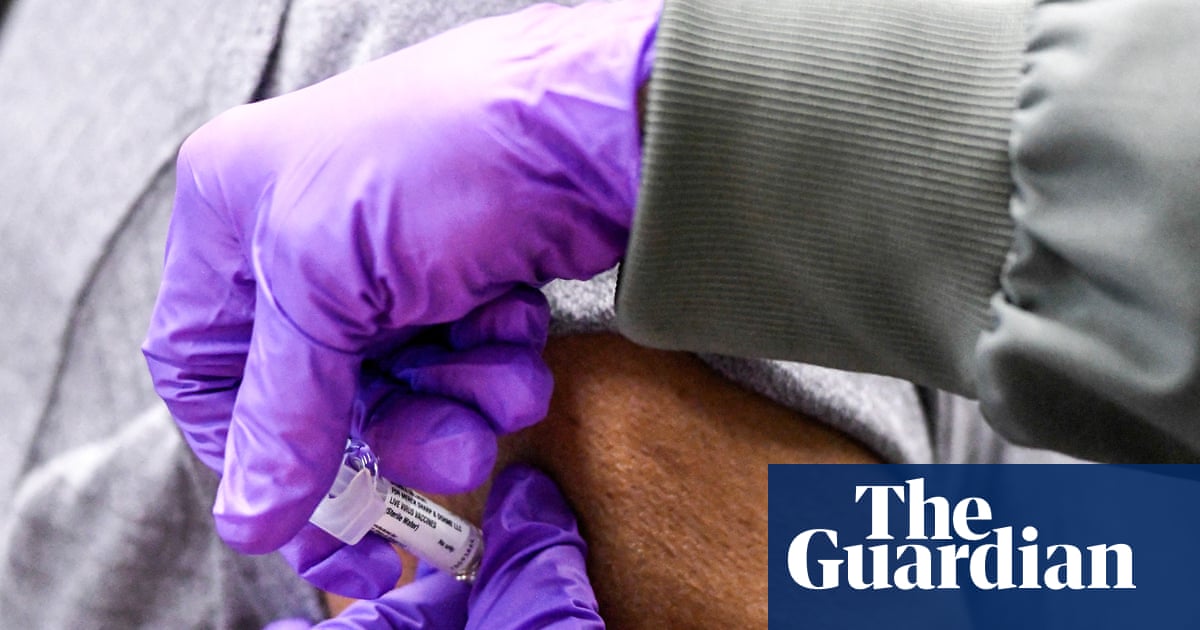Hospital stay duration
Fourteen studies [10, 19,20,21,22,23,24,25,26,27,28,29, 31, 32] were included to assess the effect of EOF versus TOF on the length of hospital stay (Fig. 2). A random-effects model showed a statistically significant…

Fourteen studies [10, 19,20,21,22,23,24,25,26,27,28,29, 31, 32] were included to assess the effect of EOF versus TOF on the length of hospital stay (Fig. 2). A random-effects model showed a statistically significant…

Study design and methods of UK Biobank have been reported in detail previously [17]. For this analysis, we excluded participants who did not complete the 24-hour food recall questionnaire (n = 291,290), those…

The measles, mumps and rubella (MMR) vaccine is undergoing more scrutiny by the Trump administration in their ongoing reassessment of vaccines despite the worst measles outbreak in decades.
Jim O’Neill, the deputy secretary of the US Department…

Stevia – the natural sugar substitute – may help boost hair loss treatment, suggests a new study in mice. Scientists developed a dissolving patch that contained a sweetener derived from the Stevia plant, which helped improve the efficacy of…
BYLINE: Noah Fromson
Newswise — Poor blood sugar control in adolescence increases the risk of painful future complications for people with type 1 diabetes, research co-led by…


Cystic fibrosis, a life-threatening genetic disease that affects the mucous membranes in the lungs and other organs, is one of the conditions that make it illegal to imprison a person under Russian law. Nonetheless, this summer, a Moscow…


Announced by…

Tuberculosis (TB) levels in England increased by 13.6% in 2024 compared to the previous year, data published today by the UK Health Security Agency (UKHSA) shows.
There were 5,490 notifications of the disease in 2024, compared to 4,831 in…